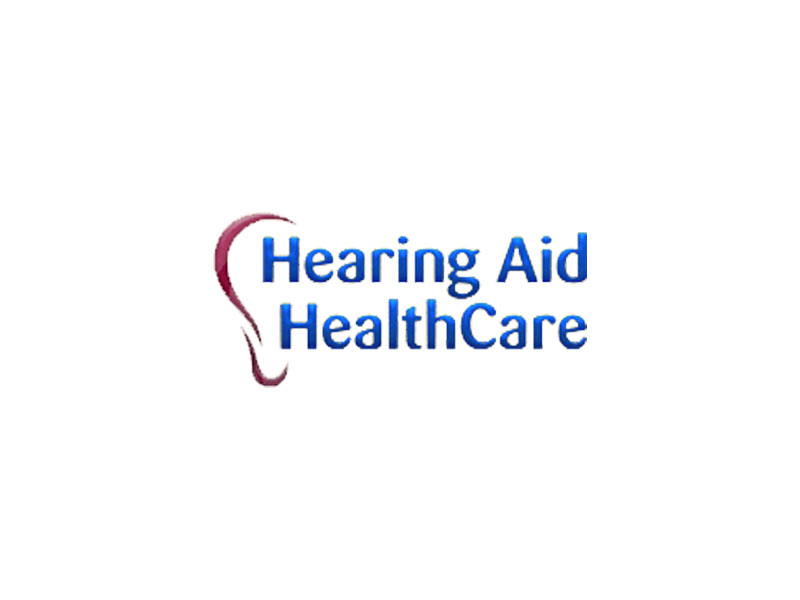Thank goodness for technology! For less than 20 years, digital hearing aids have been offered to the hearing impaired community. The best part is, they came with the added ability to be programmed according to user preference and specific degrees of hearing loss. Analog hearing aids came directly before digital hearing aids. It’s been about 200 years since the first attempts at personal sound amplification, with the introduction of ear trumpets in the early 1800s. Now, digital hearing aids are the popular option, featuring remote controls that allow individuals to set their own settings. Some perks include omnidirectional microphones which can pick up on sound originating from many directions. Wireless technology and microelectronics have produced the capacity to control distracting background noise, among other things.
Self-Learning
Self-learning technology is the ideal situation for hearing aids so that the user doesn’t have to adjust the settings each time he puts them on. With this self-regulating approach, so-called smart hearing aids can adjust settings like volume automatically after a period of time to give control back to the user.
Noise Filtration
Better speech recognition and signal-to-noise ratio (SNR) are both hallmarks of digital hearing aids that can actually communicate with each other. It’s now possible to use special chips within digital magnetic wireless communication to control switch position and microphone modes. Hearing clearly isn’t as easy as it sounds. Background noises can get in the way of this, which is why today’s digital hearing aids can filtrate all that noise to make way for clearer speech.
Digital Noise Reduction (DNR)
Digital noise reduction technology came about after directional microphones, which helped but didn’t address certain traits within speech modulation. On the flip side, DNR addresses the physical characteristics of noise and speech rather than the separation of space.
Improved Connections
Increased range of frequency is just one benefit of digital hearing aids. There are other perks, too, such as digital noise reduction, higher frequency transposition, connections to Bluetooth and other wireless technological services.
The First Digital Hearing Aids
The hearing impaired community first saw the advancement of digital hearing aids back in 1996. Comprised of DSP, which stands for digital signal processing, users could benefit from faster processing speeds. This made it possible to hear better and get better range.
Single Sided Deafness
Those suffering from single-sided deafness only had one option before: listen with their good ear, which became increasingly difficult in crowds and other situations with lots of background noise. CROS devices and bone conduction devices now make it easier for the hearing aid wearer to get signals from the bad ear and send them to the good ear for ease of use.
The Outlook
Currently, about 90 percent of hearing aids are digital. That number is only expected to grow.
Stepping ahead into the future, we can all expect more and more hearing aids to feature digital technology. This state of the art approach to hearing loss has much promise.
